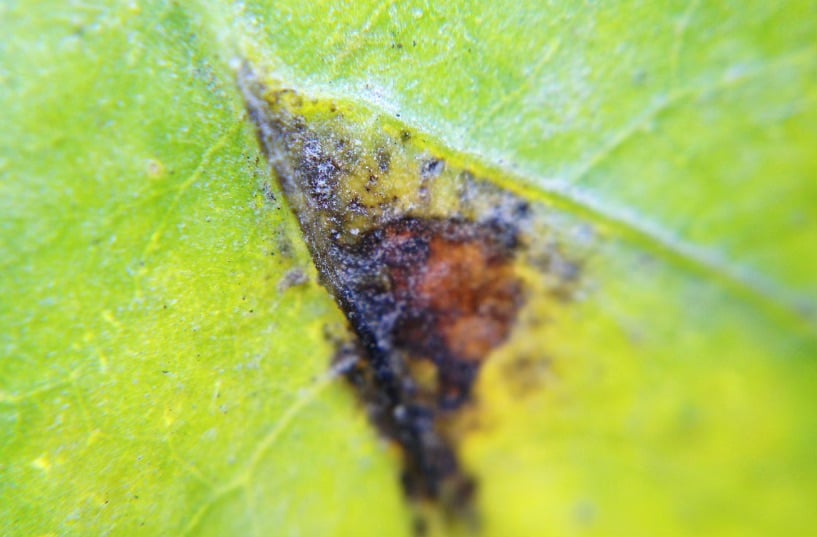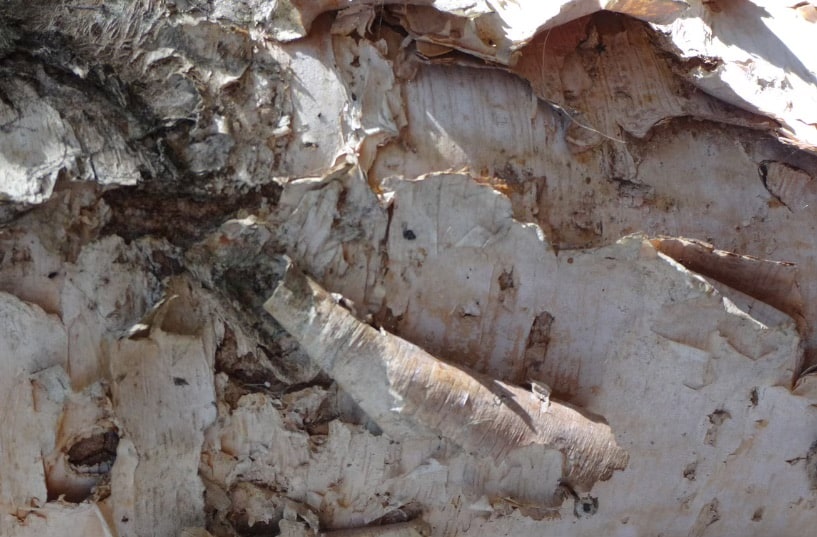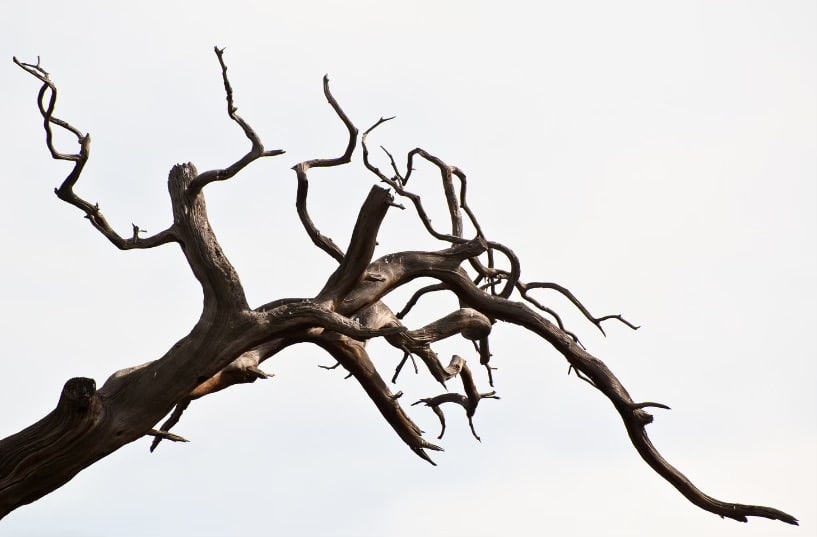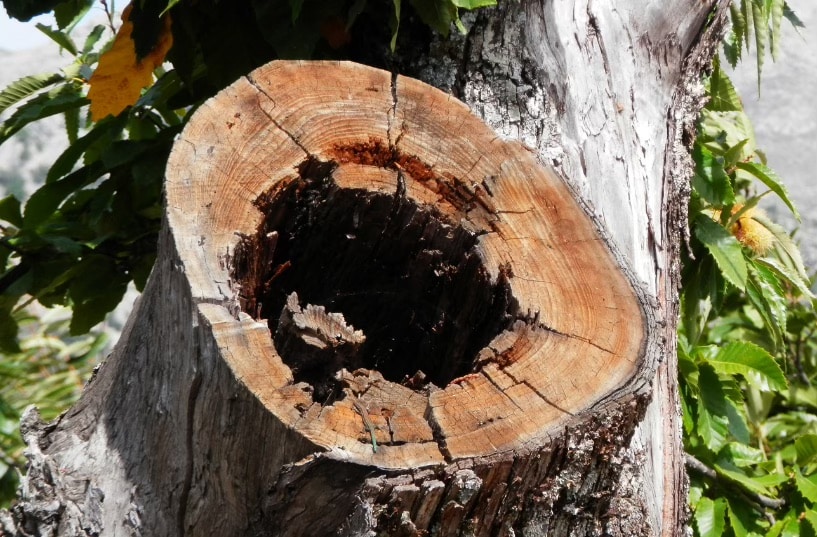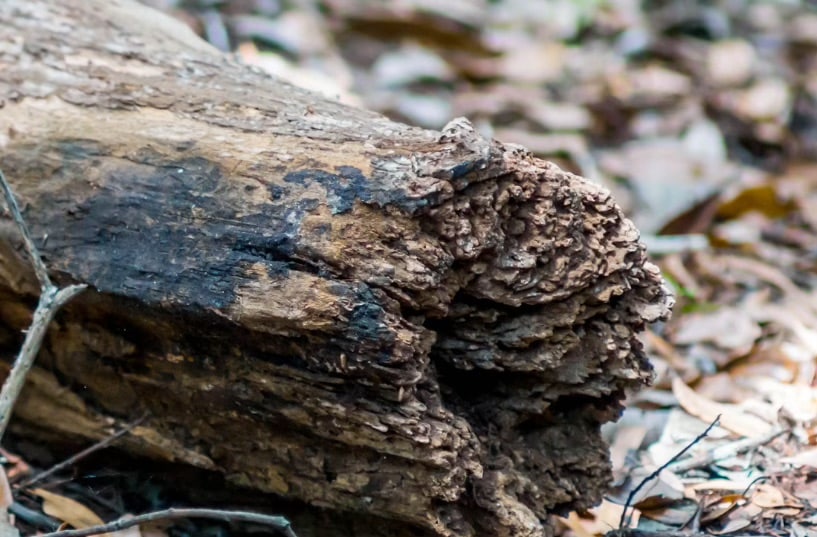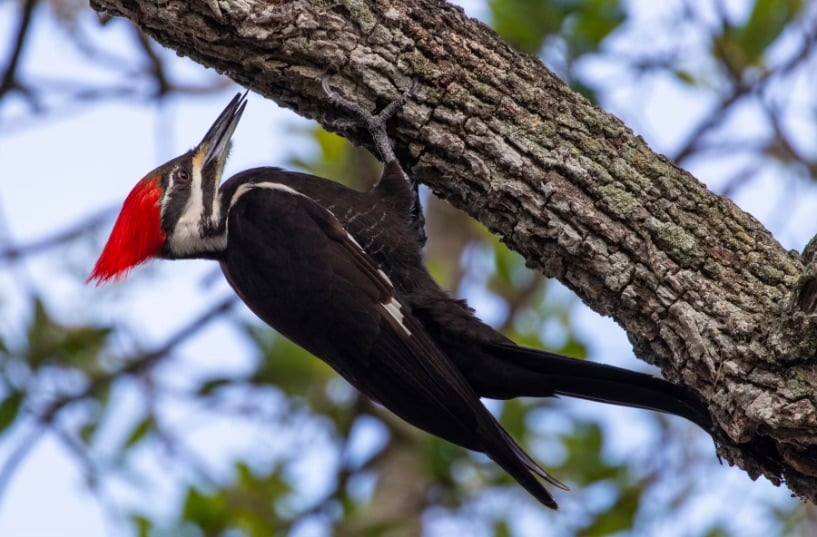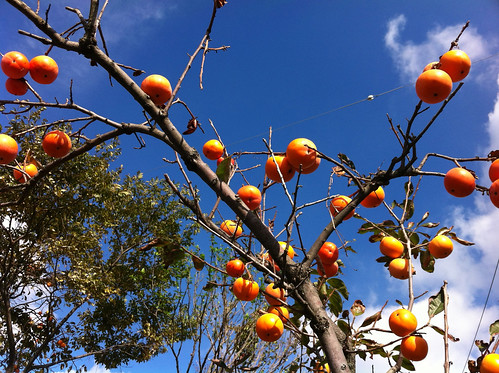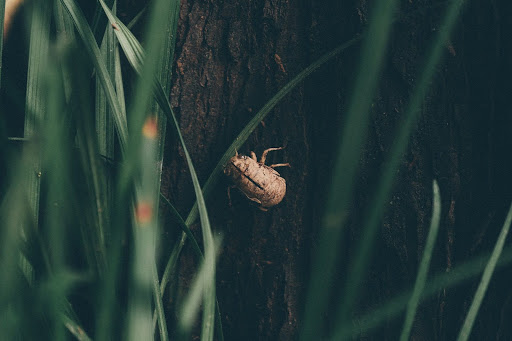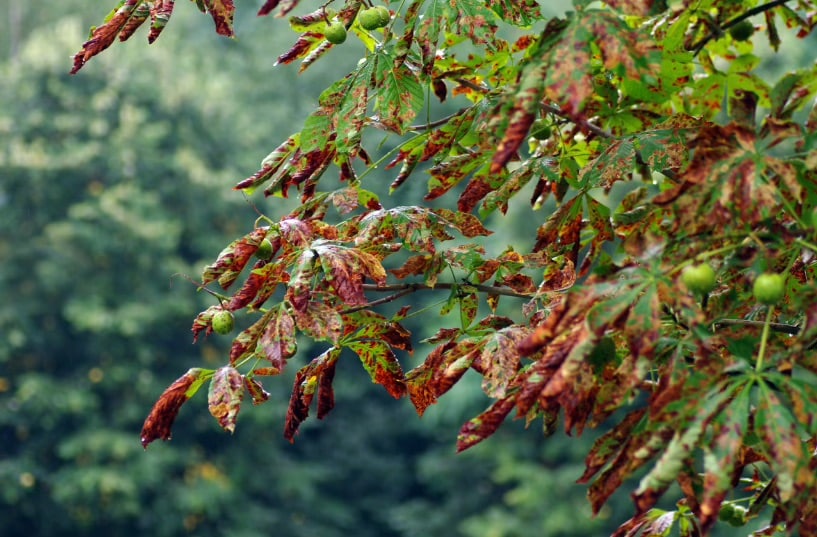
Date April 14, 2025
Category
It’s not always easy to spot a diseased tree. Many people aren’t sure which signs and symptoms to watch for.
Ever wondered why some trees suddenly decline while others remain healthy in the same environment?
Recognizing early indications of disease allows for timely intervention and helps preserve tree health. Understanding these factors enables you to manage tree issues with confidence.
1. Inspect Leaves for Unusual Discoloration or Spots
When it comes to identifying tree diseases, paying attention to leaf color is essential.
Changes in leaf color could signal a problem. Do you see spots with irregular borders? These may indicate fungal infections. Sometimes, multiple spots merge to form larger, discolored areas known as blotches.
Leaf spots can vary in color from yellow to brown, red to black. Understanding the shade can guide you in diagnosing the issue. Patches that are reddish-brown may indicate a fungal disease, while black spots might suggest bacterial involvement.
Consider also the location and spread of these spots. Are they localized or widespread? Disease severity often correlates with how widespread the spotting is. Various trees, like ornamental cherry trees, are particularly vulnerable to leaf spot disease.
Don’t overlook the time of year. Many fungal diseases thrive in cool, wet conditions. Spring is a typical season when new growth is susceptible to infections. Keeping these observations in mind can aid in recognizing early symptoms of tree disease.
2. Check for peeling bark around the entire trunk
When inspecting a tree for disease, peeling bark can be a significant warning sign. Healthy trees generally have intact bark. If you notice bark flaking off in large patches, especially from the tree’s base to its higher sections, that’s not a good sign..
Walk around the tree’s trunk and observe. Is the bark peeling evenly, or are large chunks missing? Check for areas where the wood beneath might be exposed. These indicators could point to problems like insect infestation or a fungal infection.
What’s more, peeling bark isn’t always a direct signal of disease. In some species, natural shedding occurs as they grow. However, if the exposure leads to noticeable damage or decay, action might be necessary. Look for accompanying symptoms like soft spots or dark streaks that can help confirm disease.
A peeled trunk can make the tree vulnerable to further harm. Pests can easily make their way in, and without its protective barrier, the tree might not withstand environmental stressors. So if you find significant peeling, it’s worth getting an expert’s opinion. You want to ensure the health and safety of your trees in the landscape.
3. Notice any dead or barren branches
When examining a tree, take a close look at its branches. Are they missing leaves during the growing season? Barren branches can be a red flag. A healthy branch should be filled with foliage. If it’s bare when it shouldn’t be, that’s a sign something might be off with the tree.
Touch the branches. Do they snap easily? Dead branches tend to be brittle and dry. This is your cue to investigate further. Gently bending a branch can also tell you a lot. If it breaks rather than bends, it could indicate that the branch has seen better days.
Sometimes, the absence of leaves isn’t just seasonal. If it happened last season too, there may be an underlying issue. This could point to deeper, underlying issues within the tree. Is the wood dry and crumbly? Discolored or decaying areas in the branches further suggest potential problems.
You might even notice that the ends of some branches seem hollow or lifeless. These branches might not visibly grow back or produce buds. When your tree’s branches show these symptoms, consider them signals that prompt action might be required.
4. Listen for hollow sounds when knocking on the trunk
You might wonder why a tree’s trunk sounds hollow when you knock on it. This could indicate that the inner wood is decaying, leaving a cavity. When the core of the tree starts to deteriorate, it’s a bad sign.
Keep your tools simple—a firm knock with your knuckles can reveal a lot. Does it sound solid, or more like a hollow drum? A hollow sound might signal trouble within. If decay is present, it could compromise the tree’s strength, making it hazardous.
Should you also use other tools to confirm your suspicions? Absolutely, a rubber mallet can help explore deeper without causing damage. Don’t take chances with your safety, though; if you suspect decay, it’s worth seeking advice from a tree care professional. They can assess the situation and propose the right measures.
5. Look for signs of root rot like reduced growth
Root rot can significantly affect a tree’s health and structure. It often starts below ground, making it tricky to spot until it’s progressed.
One of the most telling signs is reduced growth. If you’re seeing stunted development or your tree isn’t growing as expected, it might be dealing with root rot. This issue stifles the tree’s ability to absorb nutrients, leading to limited growth.
Pay attention to the leaves, too. Discolored or wilting leaves might indicate trouble. Despite having enough water, if leaves are turning yellow or dropping prematurely, there’s likely a problem. This might not always point to root rot, but it’s a strong possibility.
A tree that should be lush might instead look weak. Other signs include wilting branches or a lack of vitality in the canopy. The roots could be suffering, affecting the tree’s overall health.
Physical examination of the roots may reveal decay or an unpleasant odor, suggesting a fungal issue. Comparing the tree to others of the same species and age can also provide insights. If growth seems markedly different, root rot could be a potential culprit.
6. Spot Erratic Growth or Dying Crown in the Canopy
The crown is the upper part of the tree, consisting of its branches and leaves. It plays a vital role in photosynthesis and overall tree health. A healthy crown is full and evenly shaped, while an unhealthy one may show signs of disease or decline.
When assessing a tree’s health, start by looking at its crown. Does it appear lush and balanced, or are there areas with little to no growth? An uneven growth pattern or thinning canopy could be an early warning sign of trouble.
Pay attention to the overall shape. If one side looks lopsided or branches are sparse, it could indicate past trauma, disease, or environmental stress. It’s not just about the number of leaves—it’s also about how they are distributed.
Dead branches in the crown are another red flag. If the upper part of the tree is dying or failing to produce new leaves, this could point to deeper health problems.
Mature trees are more prone to canopy issues, as aging naturally reduces their vigor. While not always a sign of disease, erratic growth combined with other symptoms may signal a problem. If you notice these signs, consider a professional tree assessment to determine the cause and potential solution
7. Identify small, deformed leaves suggestive of stress
Seeing small, deformed leaves? This could be a sign of stress or disease. Insect infestations and nutrient deficiencies are common causes of misshapen foliage.
Look closely. Are the leaves unusually tiny compared to healthy ones? If the shape seems odd, your tree might be in trouble. Drought stress can also lead to these deformities.
Irregular leaf size, shape, or texture hint at problems deeper within the tree. Fungal infections might create this irregularity. Observing early signs can make a big difference. Pay attention to any anomalies.
Is it just one branch, or is the entire tree affected? This distinction helps pinpoint the cause. Consistent patterns of leaf deformity indicate being systemic, affecting the whole tree, not just a part.
Catching these symptoms early may help save your tree. Look for similar signs in surrounding trees. Engage a professional arborist for a thorough assessment if needed. Understanding these symptoms aids in addressing tree health properly.
8. Observe woodpecker activity which targets infested areas
Woodpecker activity around your tree can be an important indicator of underlying issues. Have you noticed an increase in the sound of pecking? These birds might be finding something more than just a meal—they could be alerting you to the presence of pests beneath the bark.
Woodpeckers often target trees infested with pests. Do they seem unusually interested in a specific tree in your yard? Their intense activity often suggests the presence of insects or borers, such as the emerald ash borer, feeding on the tree’s internal layers.
Are there patches of missing bark or visible holes around the trunk? These might be left behind after their search for larvae. While woodpecker damage isn’t immediately fatal, it can exacerbate existing conditions, making a tree more vulnerable to pests and diseases over time.
Keep an eye on whether other signs of disease, like fungal growth or stress shoots, are present. Observing these changes in conjunction with woodpecker activity allows you to assess the health of your trees more clearly.
Do you have a diseased tree? Treenewal Can Help
Is your tree looking unhealthy? It’s not always easy to tell if a tree is sick, but recognizing the signs early can make all the difference.
Why does it matter? Diseased trees can spread illness to others and pose safety risks if they become unstable.
That’s where TreeNewal comes in. With ISA Certified Arborists we specialize in diagnosing and treating tree health issues. From identifying symptoms to providing expert care, we’re here to help.
Protecting your landscape starts with proactive tree care. If you’re concerned about a tree on your property, let us take a look.
Have questions? Need a professional assessment? Contact us today!
